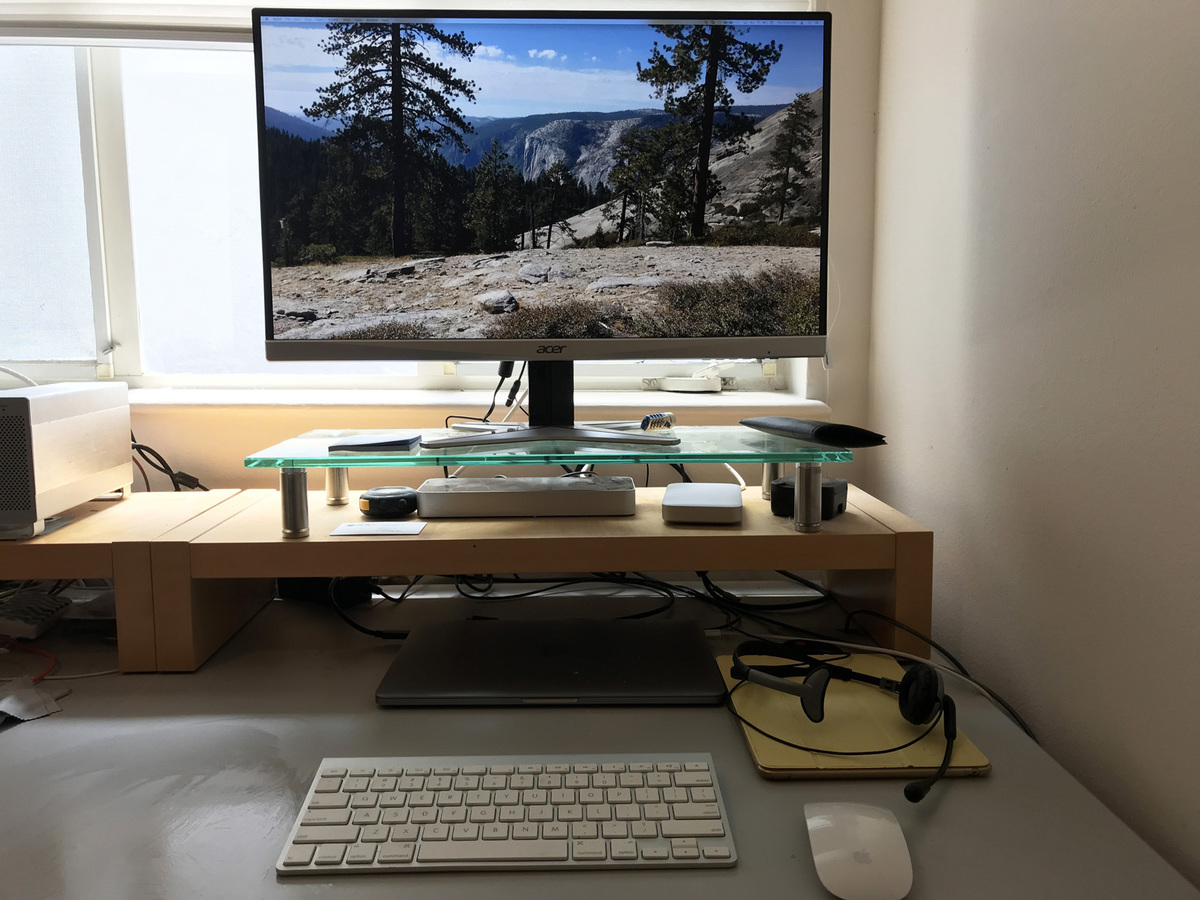-
How to set up a work-from-home 'office' for the long term
Time: Jun. 12, 2020Working from home is hardly a new phenomenon, but the COVID-19 pandemic has made it an unplanned requirement for many
office and knowledge workers. Even as the coronavirus crisis eventually recedes, many employers will have discovered that they
don't need large office buildings, and many employees will have discovered that they don’t need to be in the office every day
or spend hours commuting.
But many people have set up makeshift home offices for the pandemic that won’t work well for the long term. In addition to
having the right equipment, the physical setup — the ergonomics of the workspace — is critical, especially around avoiding
repetitive strain injuries that a bad setup can cause. I suffered such RSI issues 20 years ago and narrowly avoided a relapse a
year ago, so I know what it takes to get back to and stay in a workable status.
The ideal home office setup
A long-term home office should ideally be a separate space in your home that is properly outfitted for work. Do as much of thefollowing as you can to create an effective, safe workspace for the long term.

A dedicated space
Ideally, you would use a small room that can hold a desk and computer equipment and whose door can be shut for theessential need to separate work life from home life.
Most people don’t have spare space, but many people can convert a guest room into a dual-purpose space: an office
most of the time and a guest room when people visit. (A Murphy bed is a great way to do that if your space and budget
allow.) An enclosed porch, a large laundry room (or, for Europeans, drying room), or even a garden shed can also do the
double-duty trick.
If you can't get a dedicated space you can separate from the rest of your life, try to find a niche space you can use that
is out of the rest of the household’s way — and they out of yours — as much as possible.
A good chair
There are a lot of bad chairs out there that can injure you over prolonged computer use. Dining chairs and deck chairs,for example, rarely are at the right height, and they don't always encourage the needed upright posture.
If you can afford it, get an adjustable professional office chair like an Aeron, where you can set a precise fit for your body
and workspace. But those typically go for $600 and up; there are also much cheaper office chairs — figure between $150
and $250 — that will do the job. You’ll need to test them out in person if at all possible, since you can’t tell fit from
a picture on a website.
Good lighting
It's very easy to underestimate the effects of your work environment on your ability to work. Lighting is often an area peopledon't think about. Ideally, you have sufficient indirect light to illuminate your workspace, so you can easily read papers and see
physical objects. Overhead lighting is usually best, such as from a ceiling lamp.
Good internet service
Most urban and suburban areas have at least one high-speed provider for internet service; 50Mbps is the minimum speed to
shoot for, and the more people using the internet at the same time, the more you want to get a higher-speed service.
The bandwidth within your home matters too. The best connections are wired Ethernet ones, so if possible, connect your computer
to your router via an Ethernet cable; that's especially important if you do video or other bandwidth-intensive work. Wi-Fi is fine
for basic office work, so if you can't wire your computer to your router, use Wi-Fi.
Other equipment
You'll need a keyboard and a mouse or touchpad, of course: If you're using an external monitor, your laptop is likely folded shutor off to the side in a position that would be awkward to reach to for using the built-in keyboard and trackpad. Any keyboard and
mouse or touchpad/trackpad are fine as long as they are responsive to the touch and not the wrong size for your hands or the wrong
height for your posture. Wireless ones save you cable mess but require recharging or battery replacement.
And if you work in a shared space, you should invest in a headset so you can join online conference calls with less noise leaking into
your home, where other people are working, sleeping, taking classes, and so on. The competing noises make it harder to work.

Sign In to comment